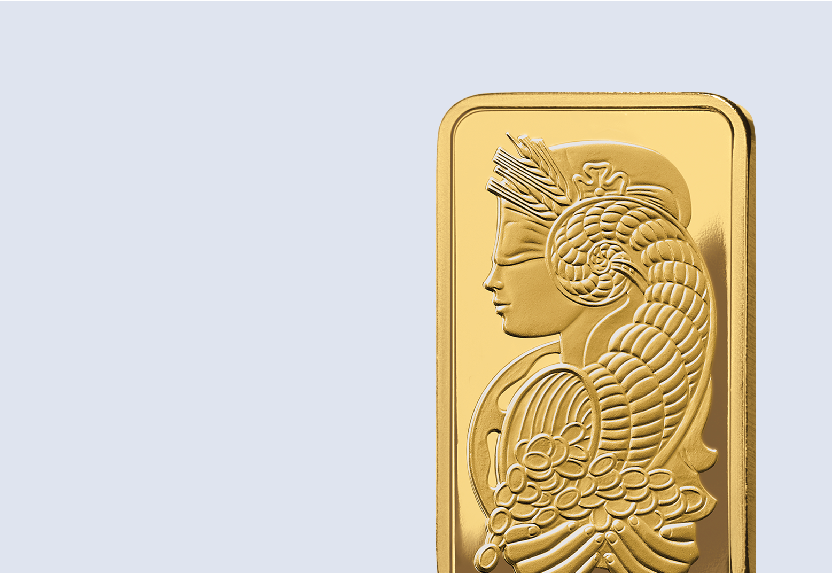Money Market Fund Reform Law
On July 23, 2014, the Securities and Exchange Commission (SEC) voted to amend Rule 2a-7,of the Investment Company Act of 1940, which governs U.S. money market funds.
Liquidity Fees and Redemption Gates (Page 3 Paragraph 6)
"It should be noted, that prior to the new rule money market funds have been able to suspend redemptions for seven days. Alternatively, under Rule 22e-3 money market funds can suspend redemptions permanently if a fund’s board determines that the fund is in danger of ‘breaking the buck’ and proceed with an orderly liquidation of the fund."
Watch video:
Why Bank Bail-Ins Will Be the New Bailouts
Congress passed the Dodd-Frank Wall Street Reform and Consumer Act in January 2010, which eliminated the option of bank bailouts but opened the door for bank bail-ins.
Bank Bail-In vs. Bank Bail Out
Bail-ins and bailouts both serve the same purpose: they are designed to prevent the complete collapse of a failing bank. But the difference between the two lies primarily in who bears the financial burden of rescuing the bank.
With bailouts, the government injects capital into banks. During the financial crisis of 2008 the government bailed out major banks by injecting $700 billion into names like Bank of America, Citigroup, and American International Group .
Since the government doesn't have its own money, it must use taxpayer funds.
Bail-ins work a little differently, providing immediate relief. Banks can now use the money from their unsecured creditors, including depositors and bondholders, to restructure their capital to stay afloat.
KEY TAKEAWAYS
-
Big banks were deemed 'too big to fail' following the financial crisis of 2007-2008, resulting in government bailouts at the expense of taxpayers.
-
The Dodd-Frank Act eliminated bailouts and opened the door for bail-ins.
-
Bail-ins shift the risk to unsecured creditors, including bondholders and depositors.
Learn more about how investors are protecting their wealth with Physical Gold & Silver today. Call 1-844-973-GOLD(4653)











